Physicists theorize that a new “traversable” kind of wormhole could resolve a baffling paradox and rescue information that falls into black holes.
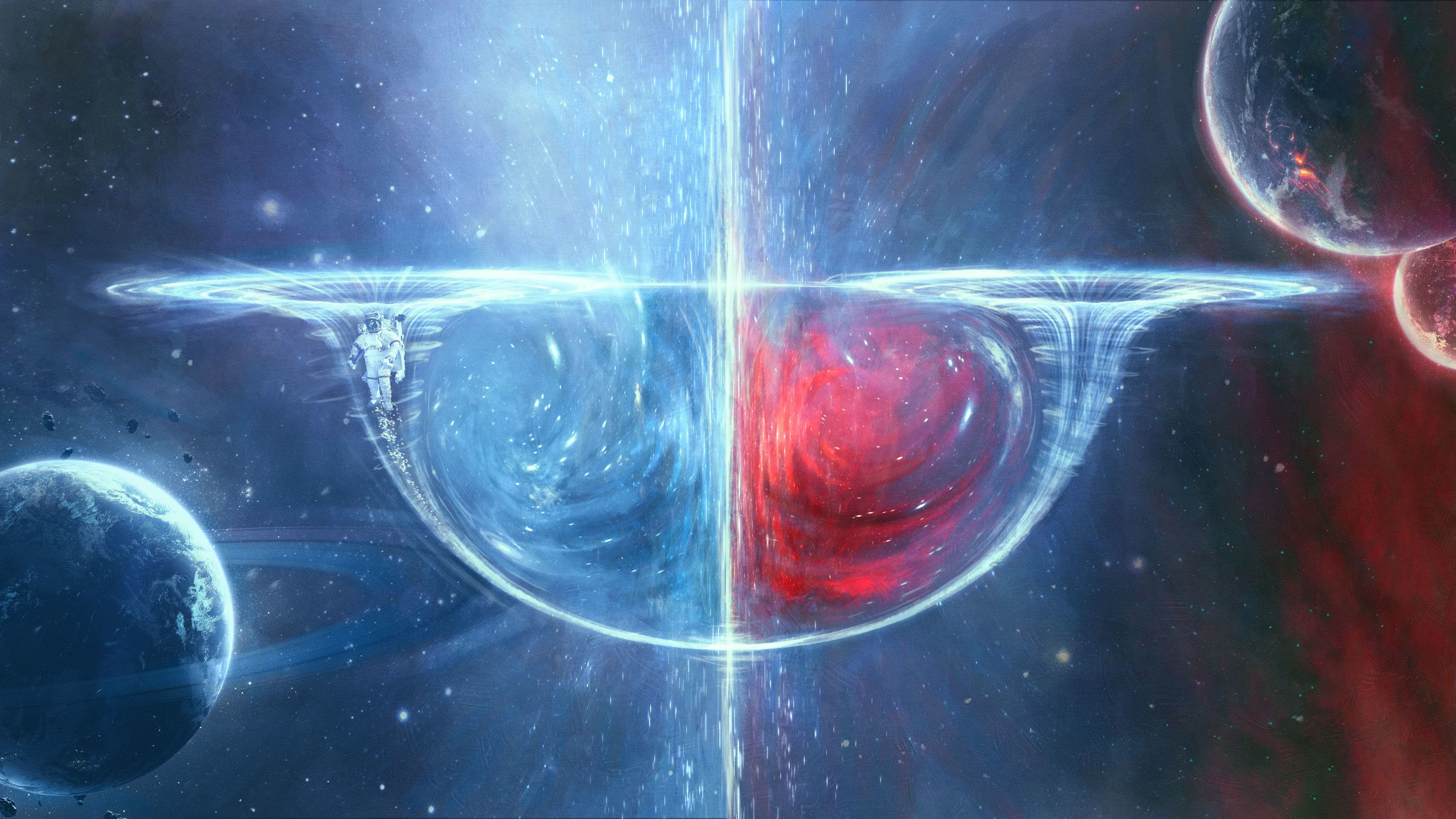

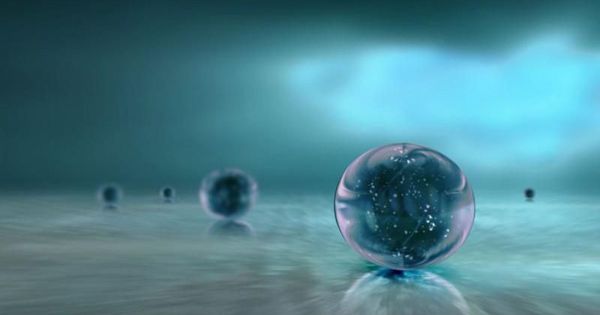
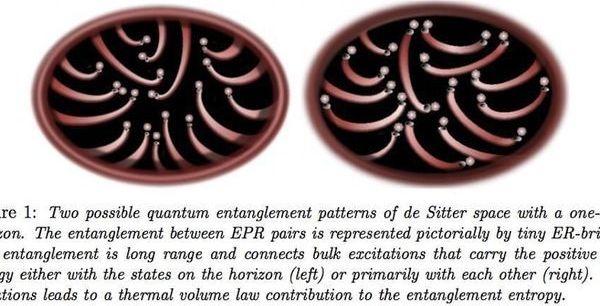
Pioneered by Erik Verlinde, the idea is that gravity emerges from a more fundamental phenomenon in the Universe, and that phenomenon is entropy.
“Sound waves emerge from molecular interactions; atoms emerge from quarks, gluons and electrons and the strong and electromagnetic interactions; planetary systems emerge from gravitation in General Relativity. But in the idea of entropic gravity — as well as some other scenarios (like qbits) — gravitation or even space and time themselves might emerge from other entities in a similar fashion. There are well-known, close relationships between the equations that govern thermodynamics and the ones that govern gravitation. It’s known that the laws of thermodynamics emerge from the more fundamental field of statistical mechanics, but is there something out there more fundamental from which gravity emerges? That’s the idea of entropic gravity.”
Entropic gravity, also known as emergent gravity, is a theory in modern physics that describes gravity as an entropic force—a force with macro-scale homogeneity but which is subject to quantum-level disorder—and not a fundamental interaction. The theory, based on string theory, black hole physics, and quantum information theory, describes gravity as an emergent phenomenon that springs from the quantum entanglement of small bits of spacetime information. As such, entropic gravity is said to abide by the second law of thermodynamics under which the entropy of a physical system tends to increase over time.

Scholarly paper on building a time machine:
“Quantum teleportation through time-shifted AdS wormholes.
(Submitted on 30 Aug 2017)
Based on the work of Gao-Jafferis-Wall and Maldacena-Stanford-Yang, we observe that the time-shifted thermofield states of two entangled CFTs can be made traversable by an appropriate coupling of the two CFTs, or alternatively by the application of a modified quantum teleportation protocol. This provides evidence for the smoothness of the horizon for a large class of entangled states related to the thermofield by time-translations. The smoothness of these states has some relevance for the firewall paradox and the proposal that some observables in quantum gravity may be state-dependent. We notice that quantum teleportation through these entangled states could be used in a laboratory setup to implement a time-machine, which allows the observer to travel far in the future.”
Based on the work of Gao-Jafferis-Wall and Maldacena-Stanford-Yang, we.
Observe that the time-shifted thermofield states of two entangled CFTs can be.
made traversable by an appropriate coupling of the two CFTs, or alternatively.
By the application of a modified quantum teleportation protocol. This provides
evidence for the smoothness of the horizon for a large class of entangled.
states related to the thermofield by time-translations. The smoothness of these.
States has some relevance for the firewall paradox and the proposal that some.
observables in quantum gravity may be state-dependent. We notice that quantum.
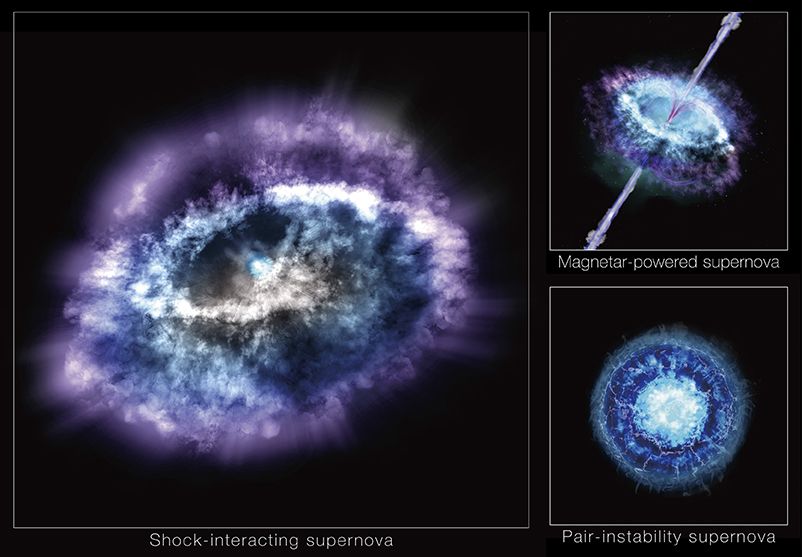
Supernovae are an explosion of a massive supergiant star which may shine with the brightness of 10 billion suns! The study of these phenomena has unlocked mysteries about black holes, the origin of metals such as gold and the dynamic of the universe. Supernovae are rare — the last supernova seen in our galaxy was recorded in 1604, according to NASA. However, the Universe is large and astronomers estimated that one of the Milky Way’s massive stars explodes about every 50 years on average [1].
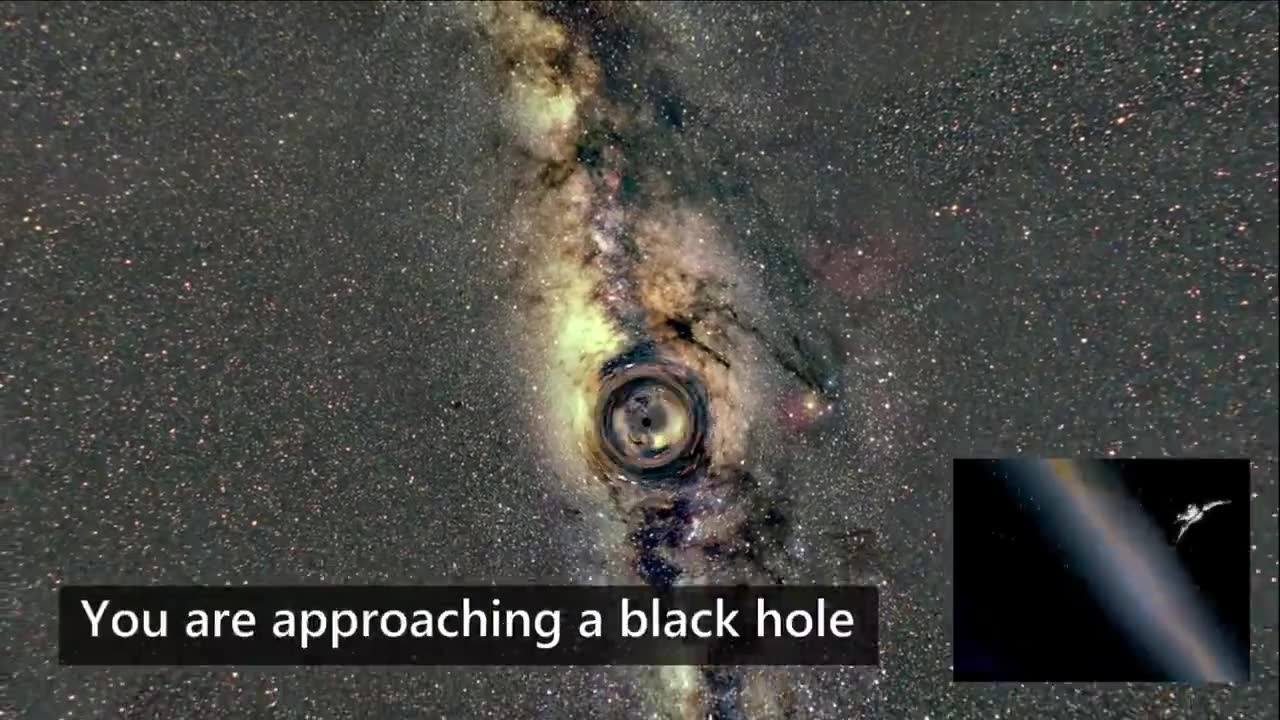

Scientists are considering whether the mysterious “force” accelerating the universe’s expansion changes with time.
Of late there’s been some scientific ado over a small but notable conflict in measurements of the universe’s expansion rate. The present rate, called the Hubble constant or H0 (pronounced “H-naught”), connects the redshift in an object’s spectra to its physical distance. It also tells us the universe’s age and size, as well as the density required to make the universe geometrically flat.
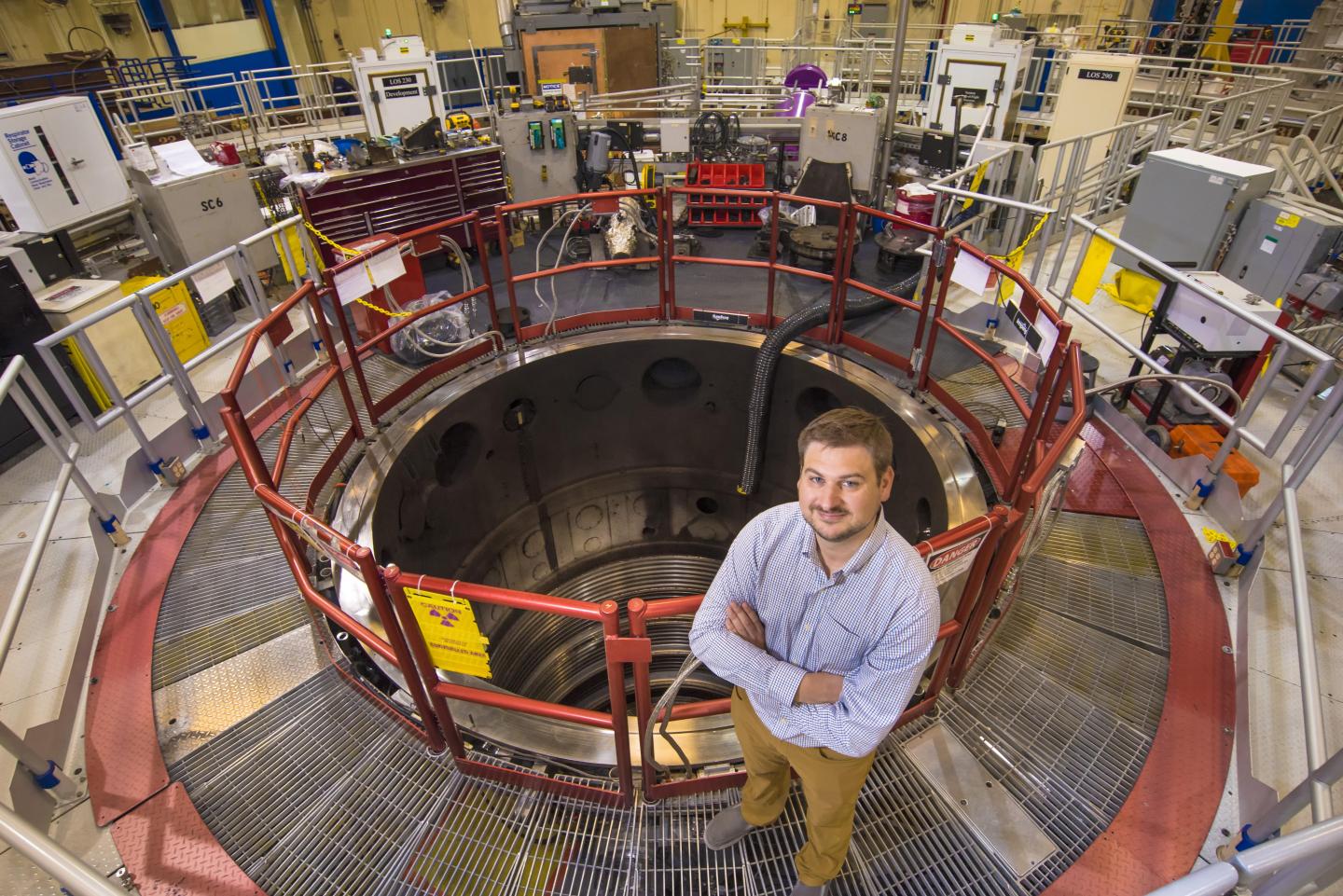
A long-standing but unproven assumption about the X-ray spectra of black holes in space has been contradicted by hands-on experiments performed at Sandia National Laboratories’ Z machine.
Z, the most energetic laboratory X-ray source on Earth, can duplicate the X-rays surrounding black holes that otherwise can be watched only from a great distance and then theorized about.
“Of course, emission directly from black holes cannot be observed,” said Sandia researcher and lead author Guillaume Loisel, lead author for a paper on the experimental results, published in August in Physical Review Letters. “We see emission from surrounding matter just before it is consumed by the black hole. This surrounding matter is forced into the shape of a disk, called an accretion disk.”
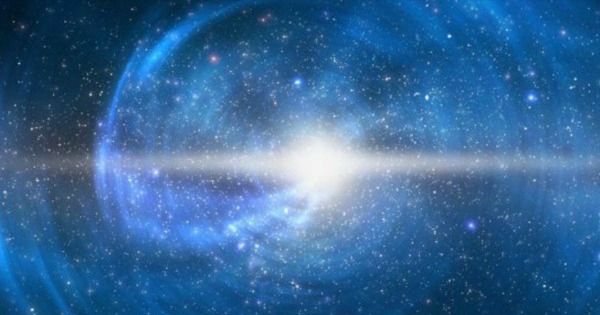
A team of physicists from the UK and Canada have provided a simulation that supports the theory that our universe did not start out the way the Big Bang model proposes, but rather expanded to its current state after a period of contraction—a cycle dictated by the Big Bounce Theory.
The Big Bounce theory states that the universe follows a cycle of contraction and expansion, repeated infinitely. According to this theory, the universe did not begin with a violent explosion, but rather formed as a previous universe expanded or “bounced” back collapsing during the contraction phase of this endless cycle.
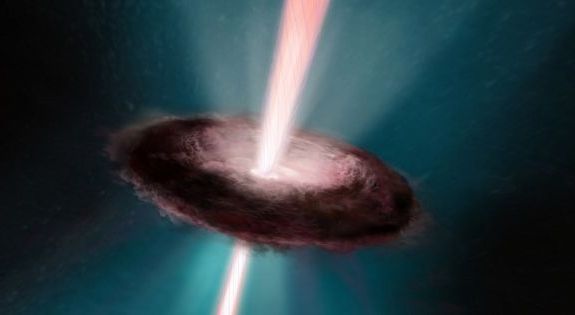
Strange beams of plasma that have been observed that seem to defy the laws of physics by moving faster than the speed of light.
In the Galaxy M87 (which was created when two other galaxies merged), a jet of hot plasma — caused by gas being sucked into a central black hole, being heated, and then shot out by magnetic fields — has been helping us gain insight into the weird origins of our galaxy. It is shaped like a thin beam and is emitted from the center of a black hole.